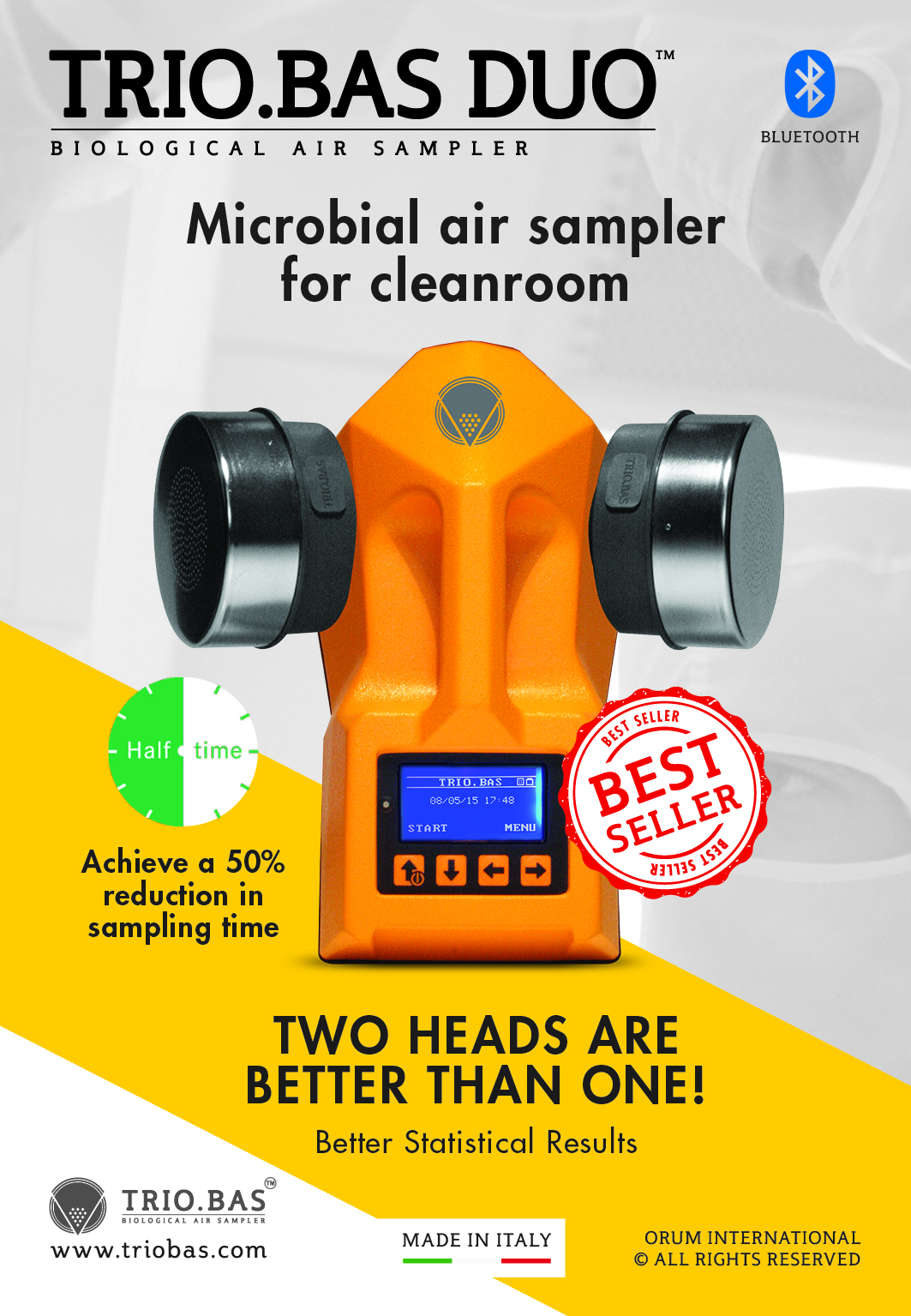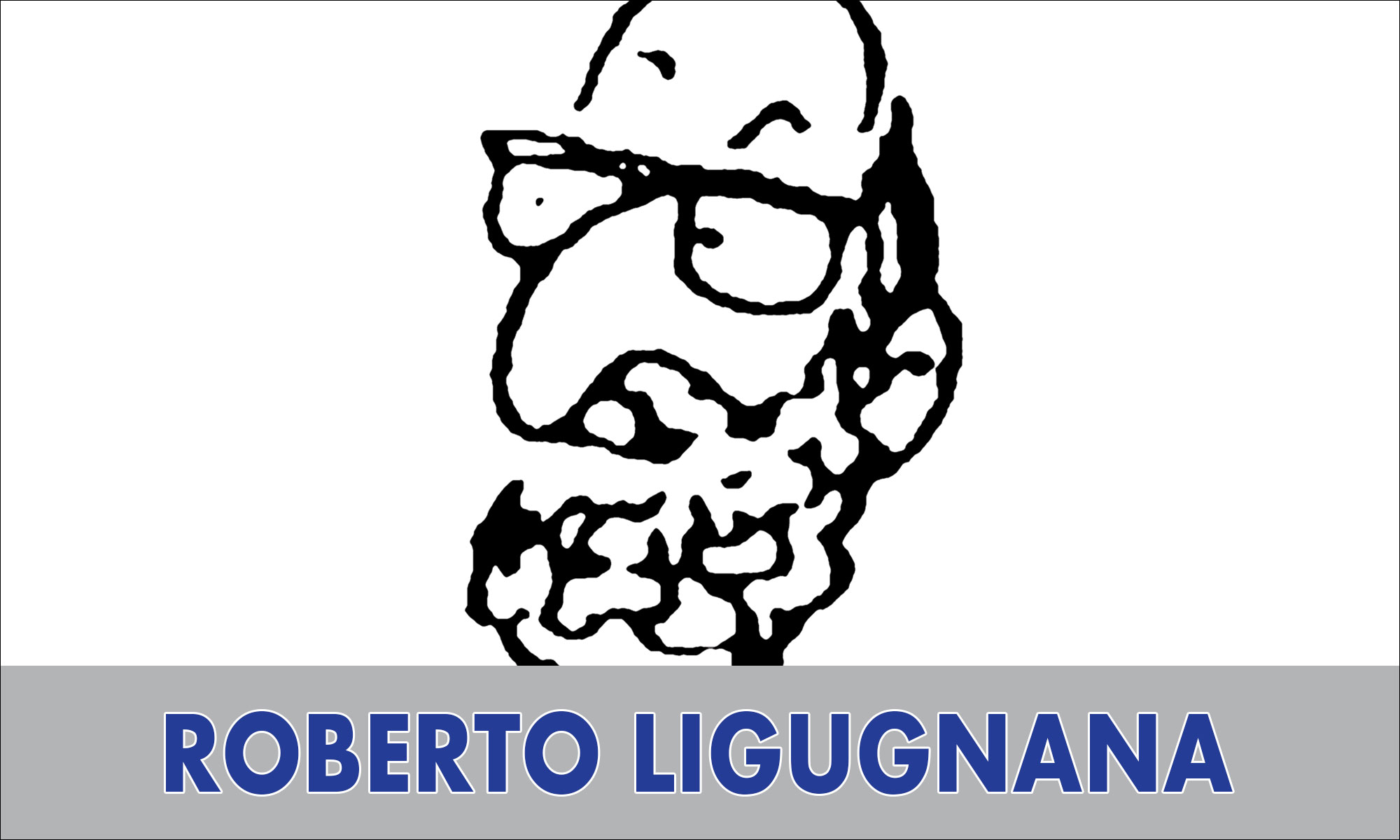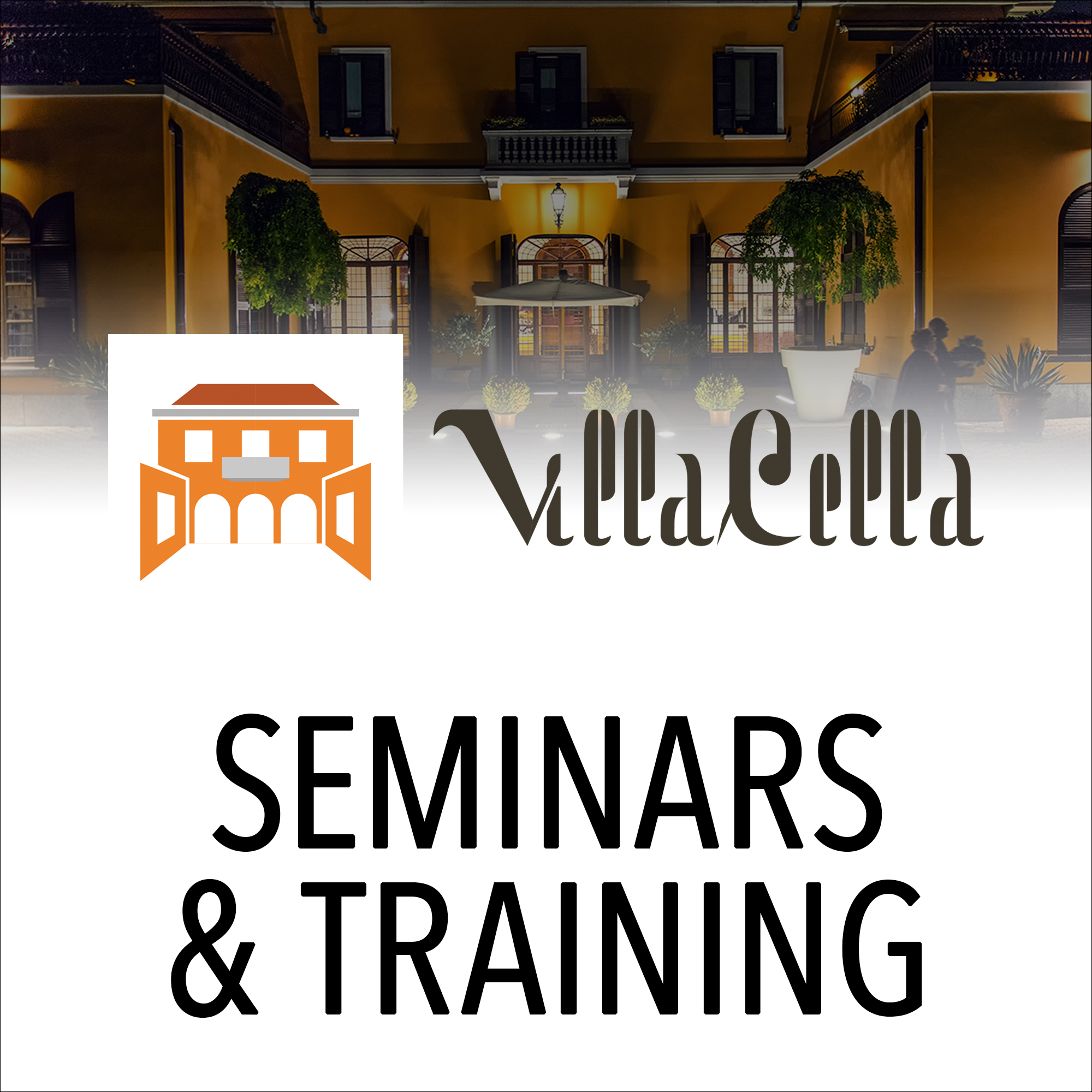Application Note – Bioaerosol N.5 – Bioaerosol Glossary

A
ACGIH – American Conference of Governmental Industrial Hygienists, Inc. (USA)
Action level – Established level of viable particles requiring immediate follow-up and corrective action and measures if exceeded.
Aerosol – Colloid dispersed solid or liquid particles (biological o particulate) in a gaseous environment presentingnegligible gravitational setting.
Agar – a complex polysaccharide derived from a marine alga and used as a solidifying agent in culture media.
Air sampler – equipment to be used to monitor the quality of air.
Alert level – established level of viable particles giving early warning of a potential drift from normal (operating)condition, and giving rise only to a reinforcement of the control measures.
Anion- a negatively charged atom or group of atoms.
Antimicrobial agent – a chemical that destroys pathogens without damaging body tissues.
Antimicrobial – a compound or formulation used to retard the growth of or to kill micro-organisms.
Antiseptic – a substance that prevents or inhibits the growth of micro-organisms without necessarily killing them. The term antiseptic is usually associated with substances used on human or animals.
Antistatic compound – a chemical substance that is capable of neutralizing a surface charge. Most antistatic compounds function via one of the following two properties:
1. Electrostatic charge neutralization, in which the surface charge of one polarity is dissipated by applying there to charge materials of the opposite polarity. The most effective antistatic compounds in this category are quaternary ammonium chlorides.
2. Film formation, in which moisture from the air absorb onto a film of (nonionic) antistatic compound, thereby dissipating the build-up of charge. In the microelectronic industry, and wherever else there is concern regarding the presence of ion species, reduction of static through the use of nonionic formulations is preferred.
Aseptic – the absence of contamination by unwanted organisms.
ASTM – American Society for Testing and Material (USA)
Autoclave – equipment for sanitization by steam, under pressure (usually 121° C at 15 PSI).
B
Bacteria – one-called, microscopic plant-like organisms lacking chlorophyll that multiply by fission. Bacteria typically measure from 0,2 to 50 micron in diameter.
Bacteria – small living organisms visible under microscope.
Bacteria spore – a resistant body produced by a vegetative bacterial cell. These spores may be resistant to heat, ultraviolet light, and desiccation, and may remain dormant for extended periods of time.
Bactericide – a substance or formulation capable of destroying bacteria.
Bacteristat – a compound or formulation that retards or prevents the growth of bacteria.
Bacteriostats act reversibly; when they are removed, cells resume their normal growth patterns.
Bioaerosol – colloid dispersed biological agents (e.g., viable particles, allergens, toxins, biological active compounds of microbial origin) in a gaseous environment presenting a negligible gravitational setting.
Bioburden – a measure of the number of micro-organisms resident on or within products and inanimate objects. A common synonym is micro count.
Biological contamination – contamination of materials, devices, personnel, surfaces, fluids, gases or air with viable particles.
C
Cation – a positively charged atom or group of atoms.
CFU (colony- forming unit) – either one or an aggregate of many microbial cells which, when cultivated on solid media, will develop into a single visual colony.
Clean room – area under controlled contamination.
Cleaning – wipe down of an area with a detergent or disinfectant using mops, brushes, sponges, wet vacums, etc.
Colony – a clone of bacterial cells on a solid medium that is visible to the naked eye.
Colony counter – equipment to be used for colonies enumeration on agar.
Colony forming units – visible units counted in a plate count which may be formed from group of cells.
Contact Plate – see “Rodac”
Critical Control Point (CCP) – Site or place where with a defined practice or procedure a control action may be carried out in order to obtain:
a) a complete critical control point of a hazard – CCP1
b) an incomplete critical control point of a hazard – CCP2
Culture medium – the nutrient material prepared for growth of micro-organisms in a laboratory.
D
Decontamination – the removal of micro-organisms or particulates, or both, from liquids, surfaces, air, or other gases.
Deodorant – a compound or formulation having the ability to counteract undesiderable odors. The ability of a formulation to counteract odor is directly related to its antimicrobial function, provided that the odor arises from the waste products of the micro-organisms’s cell metabolism. Odors vary according to the food source utilized by the micro-organisms.
Detergent – a cleaning substance.
Disinfectant – an agent that disinfect by destroying neutralizing, or inhibiting the growth of harmful organisms.
Disinfectant – any process, chemical or physical, designed to kill micro-organisms.
Disinfection – distruction of micro-organisms.
Disinfection – the destruction of micro-organisms except bacterial spores by any physical or chemical means.
F
FDA – Food and Drug Administration (USA)
Flora – the types of micro-organisms found in an environment.
Fogging – a process of decontamination in which the decontaminant is administered by means of its conversion to an aerosol.
Fumigation – a process of decontamination in which the decontaminant is administered in gaseous form at ambient pressure.
Fungi – nonphotosynthetic micro-organisms possessing cell walls and usually growing as a mass of branching, interlacing filaments known as mycelia. The mycelial forms are called moulds, the non-mycelial forms are called yeasts. Fungi usually measure greater than 0,4 micron in size.
Fungi – organisms that belong to the kingdom fungi
Fungicide – a substance or formulation that is capable of destroying fungi.
Fungicide – an agent that kills or destroys fungi.
Fungistat – a compound or formulation that retards or prevents the growth of fungi. Fungistat act reversibly; when they are removed the cells resume their normal growth patterns.
G
Gram’s staining technique – a method for staining and classifying bacteria, developed by Dr. Hans C.J. Gram.
Gram-negative bacteria – bacteria that do not retain the purple colour of the crystal violet dye when treated with Gram’s staining technique.
Gram-positive bacteria – bacteria that retain the purple colour of the crystal violet dye when treated with Gram’s staining technique.
H
Hazard – The potential for a specified harmful consequence, e.g. unaccurate bio-contamination, growth and/or survival particles that are undesiderable for public health, environment or product quality.
Hot air sterilization – the use of an oven at 170° C for about 2 hours.
HVAC – Heating Ventilation Air Conditioning System.
I
Impaction -Physical action that determines the capture of micro-organisms on the agar surface of the “ Contact Plate”.
Incubation time – the time required to growth the micro-organisms in a nutritive media
Infection – a disease caused by pathogens that growth in the body.
Ionic contamination – contamination in the form of atoms having electrical charge. Common examples include singly charged atoms (ions) from Group IA (such as sodium and potassium) and Group VIIA (such as fluorine and chlorine) of the periodic table.
L
Laminar flow – filtered air to eliminate the presence of micro-organisms.
Legionellosis – disease that could be associated to air contamination.
M
Micro-organisms – a living organism too small to be seen with the naked eye. Includes bacteria, fungi, protozoans, viruses.
Microbiological clean area – a defined space with a filtered air supply that is designed to accommodate the performance of activities for which the control of viable particles is essential.
Moulds – fungi that forms mycelia and appear as cottony tufts.
N
Nominal air flow – litres of air aspirated by the sampler in one minute.
Noncorrosive, non staining – terms applied to fourmulations to indicate that they should have a minimal effect on the integrity or appearance of surfaces with which they come in contact.
Nonionic – a term to describe compounds and formulations that do not possess charged materials.
Normal flora – micro-organisms that colonize an animal without causing disease.
Nosocomial infections – an infection that develops during the course of a hospital stay and was not present at the time the patient was admitted.
Nutrient agar broth – a complex medium made of meat extract and other nutritives for growth of micro-organisms.
P
Pathogen – a micro-organism capable of causing disease.
PDA – Parenteral Drug Association
Plate count – a method of determining the number of bacteria in a sample by counting the number of colony-forming units on a solid culture medium
Pyrogen – a substance capable of producing fevers. The most common pyrogens are endotoxins, a class of lipopolysaccharides that comprise the outer wall of Gram-negative bacteria and are themselves by-products of cell metabolism.
R
Residual activity – Residue, which may or may not be active, that remains on surfaces after treatment with an antimicrobial substance.
“Rodac” plate – an acronym for Replicate Organism Direct Agar Contact Plate. It is used in estimating sanitary quality of surfaces.
Contact medium is contained in special plate which has a grid on the bottom.
S
Sanitation – substantial reduction of micro-organisms on a previously cleaned surface.
Sanitize – reduction of the number of bacterial contaminants to a safe or relatively safe level.
Sanitizer – a substance that reduces the number of microbial contaminants to a safe level.
Sanitizer – an agent, usually a chemical, used to sanitize
Shelf life – the estimated length of time that a formulation can be stored before it loses its effectiveness.
Spore – a resistent body formed by certain micro-organisms.
Sporicide – a substance or formulation capable of destroying bacterial spores.
Sterilant – a sterilizing agent
Sterile – free of micro-organisms. The condition of lacking all forms of microbiological life.
Sterilization – a physical or chemical process that completely destroys or eliminate all forms of microbial life.
Sterilization – the destruction of all micro-organisms by any physical or chemical means.
T
Target level – Established level of viable particles set up by user to be achieved or maintained at the critical control points, whichshall reflect normal operating conditions.
Toxic – poisonous, causing an adverse reaction.
V
Validation – Procedures properly executed and binding under the law or rules.
Vegetative organisms – microbial cells that are actively multiplying.
Viable particle – a particle that is capable of reproduction; an organism.
Virucide – a substance or formulation capable of destroying viruses.
Virus – a sub microscopic, parasitic filterable agent consisting of a nucleic acid surrounded by a protein coat. An obligate intracellular parasite that can infect and cause disease in man, animals, plants, insects, and so forth. Viruses usually range in size from 0,001 to 0,1 micron.
W
WHO – World Health Organisation.
Y
Yeast – a unicellular fungus belonging to the class Ascomycetes.
Z
Zone at risk – premises, geographically defined and delimited, in which the individuals or the products are particularly vulnerable to bio-contamination.
The degree of risk may be assessed as follows:
a) Zone 1: low or negligible risk
b) Zone 2: medium risk
c) Zone 3: high risk
d) Zone 4: very high risk.
Reference
- Microrganisms in cleanrooms, IES-RR CC0231, Institute of Environmental Sciences.
- Cleanroom Technology, Part 2, Basic Principles of Bio-contamination Control and Determination of Critical Control Points, CEN, Doc CEN/TC 243 N 35, 1993.08.06.

















